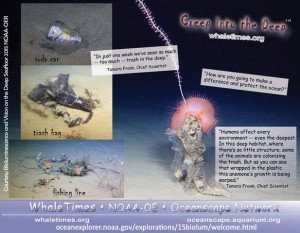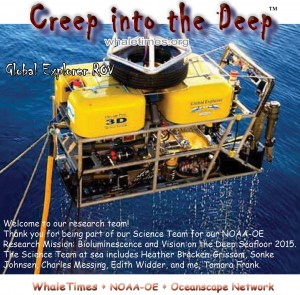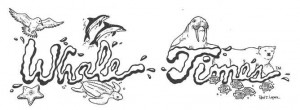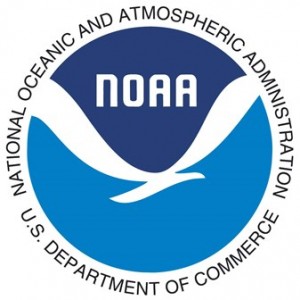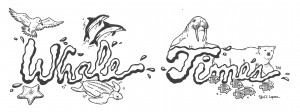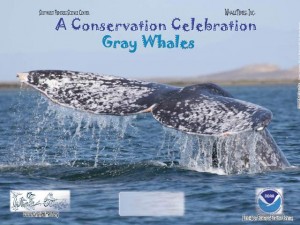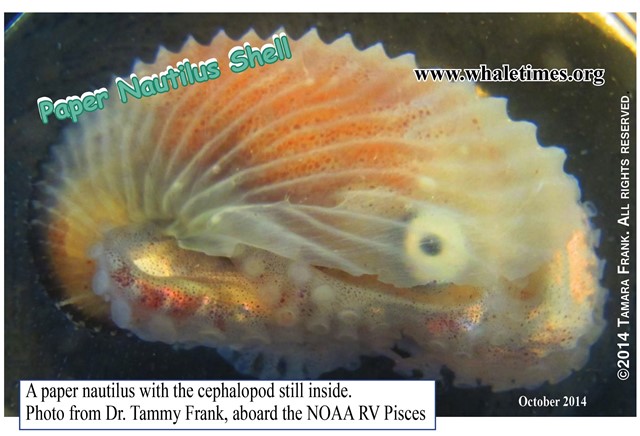Celebration of Conservation and Creep into the DEEPEND Seamails™
Welcome Teachers. This month we’re posting some of the Seamails and activities from our most recent Virtual Research Missions: Celebration of Conservation and Creep into the DEEPEND. We’ll post the email from the Science Team member, plus photos, videos, activities, Explorer mini-posters (bios) or other related information or links. For our programs, teachers pick and choose, mix and match the Seamails, photos, activities…etc. how ever you would like to use them with your class. (We put the blog — aka Seamail in pdf format for ease of use in the classroom.)
Here’s the first one from Dave Weller from the Celebration of Conservation: Gray Whales, Elephant Seals, and Vaquita. Enjoy
Celebration of Conservation Highlights:
TEAM GRAY WHALE
- SEAMAIL: Welcome to the Celebration of Conservation from Dr. DAVE WELER
- Photo: Gray Whale Mother and Calf
- Photo: Gray whale mother and calf (b/w)
- Photo: Spyhopping Gray Whale
- Photo: Piedras Blancas Lighthouse
- Photo: Piedras Blancas Lighthouse Aerial View 1
- Photo: Piedras Blancas Lighthouse Aerial View 2
- Mini-Poster: David Weller Ocean Explorer Mini-Poster
- Activity: A Celebration of Conservation Journal
- Activity: Team Gray Whale Certificate
- Information: Whales
- Information: Baleen Whales
- Video: Baleen vs Toothed Whale Courtesy of Oregon Coast Aquarium’s Oceanscape Network
